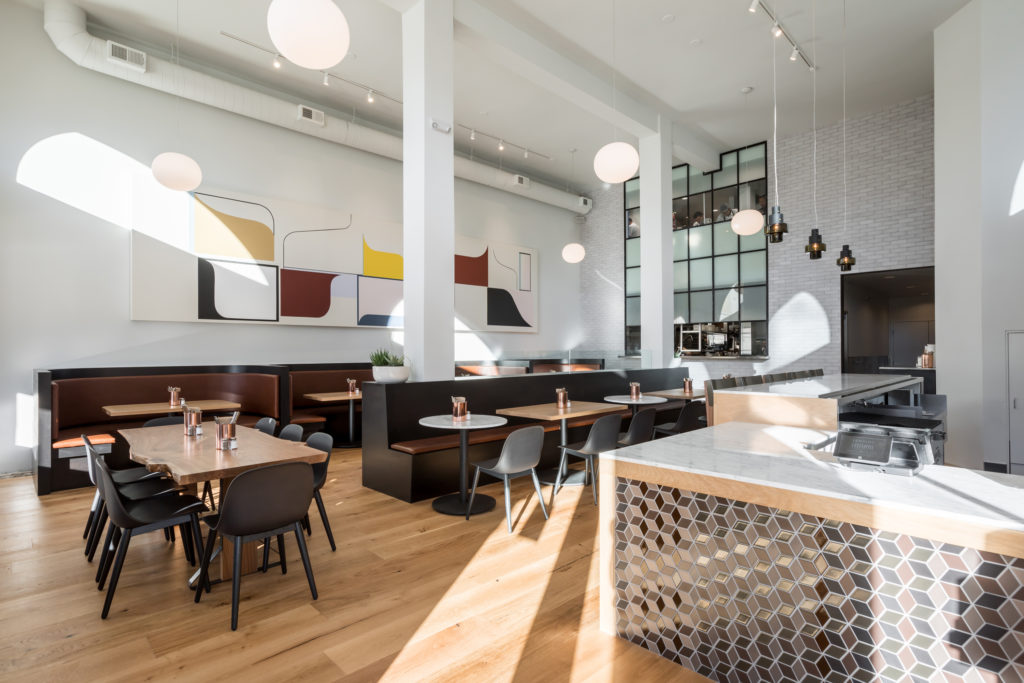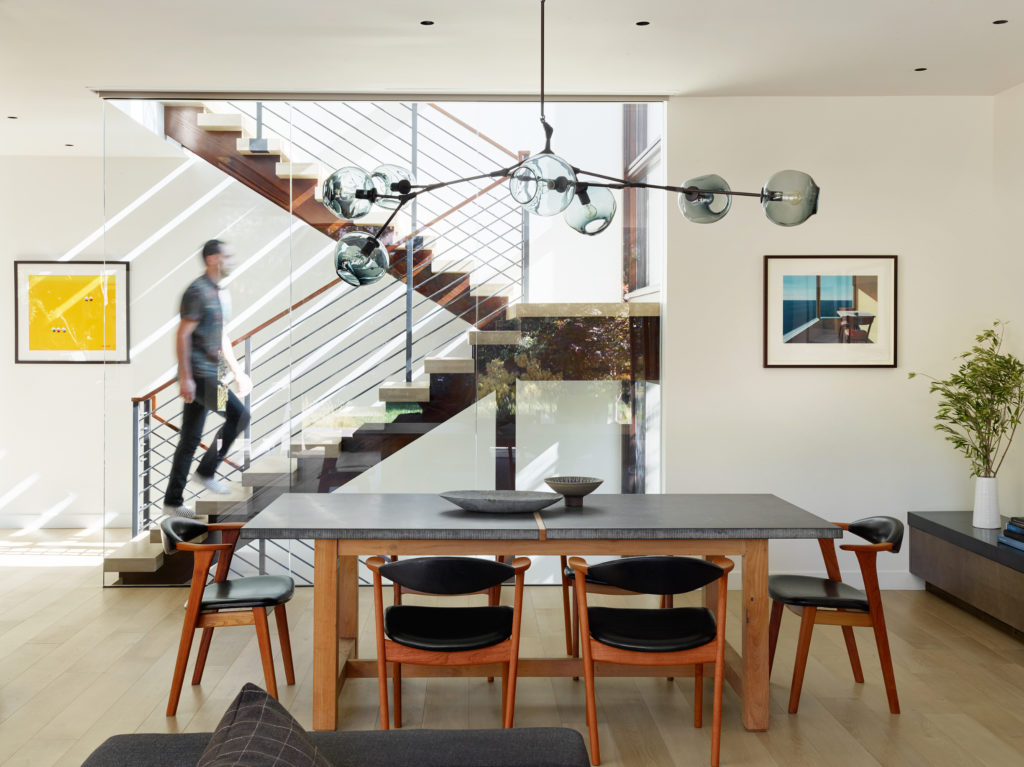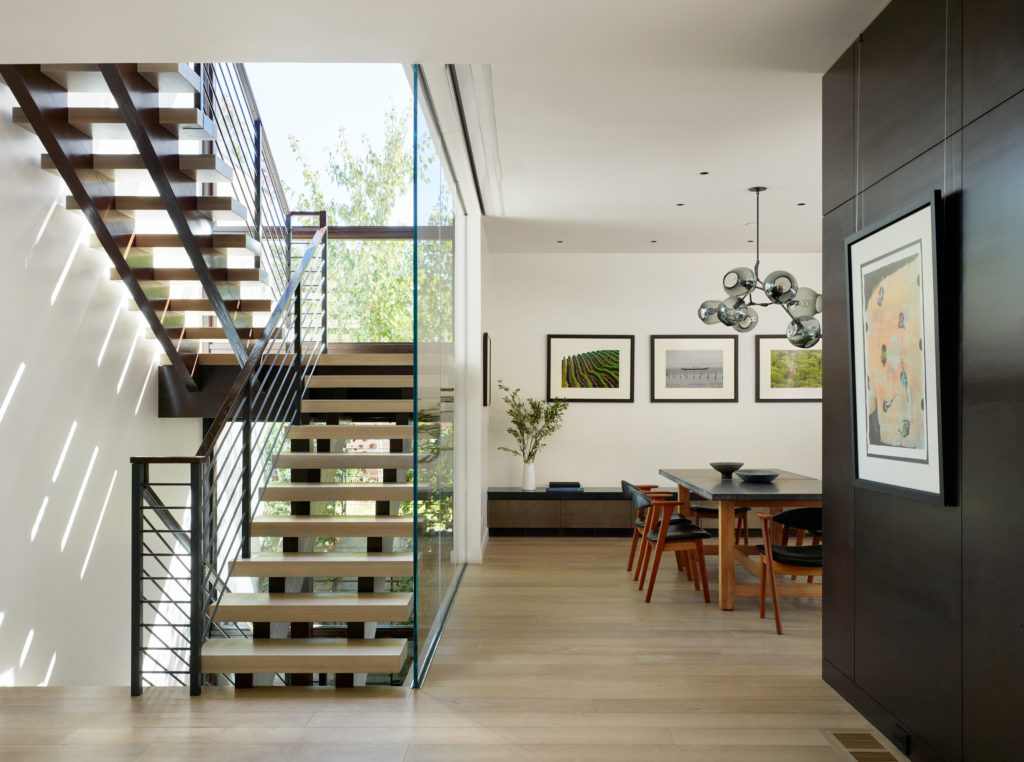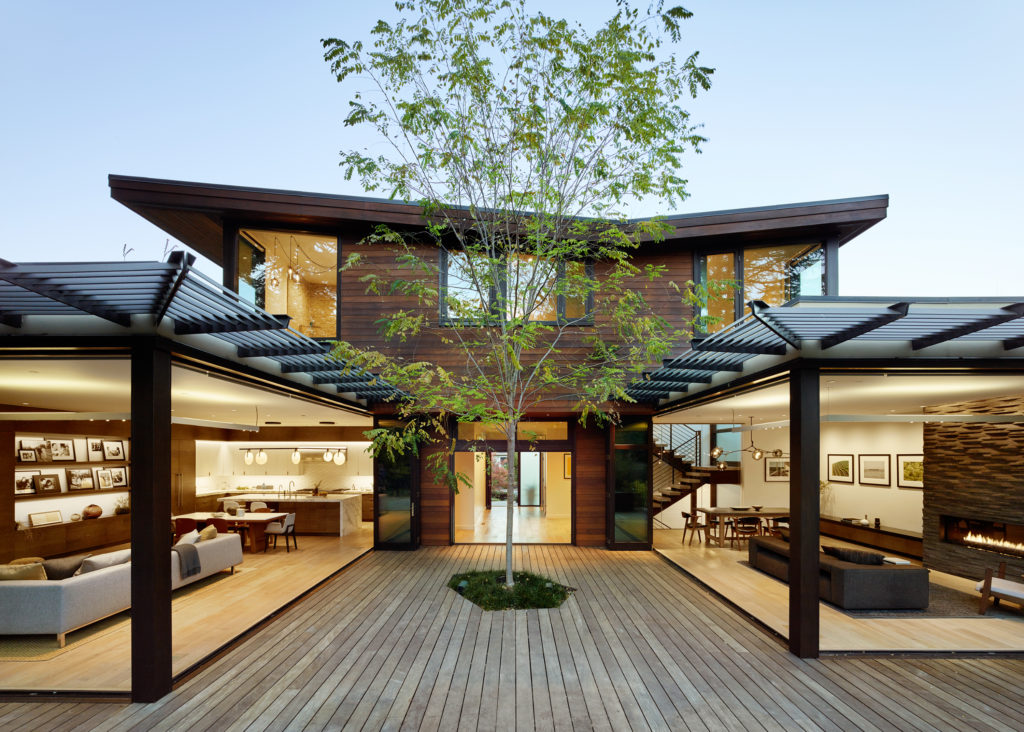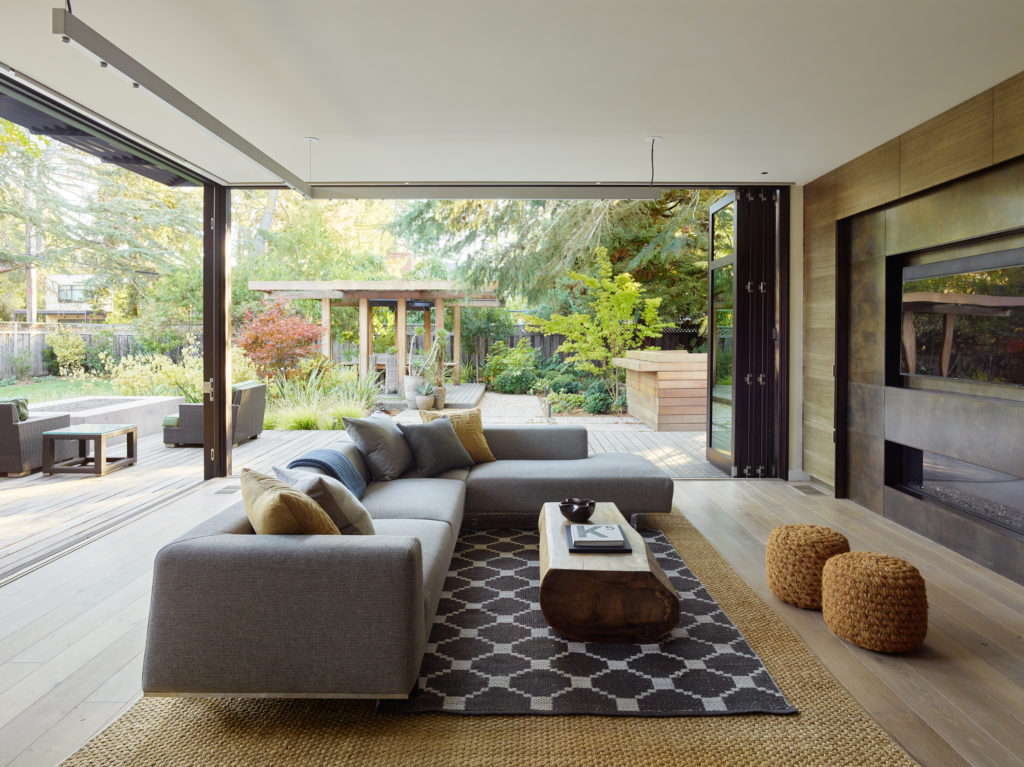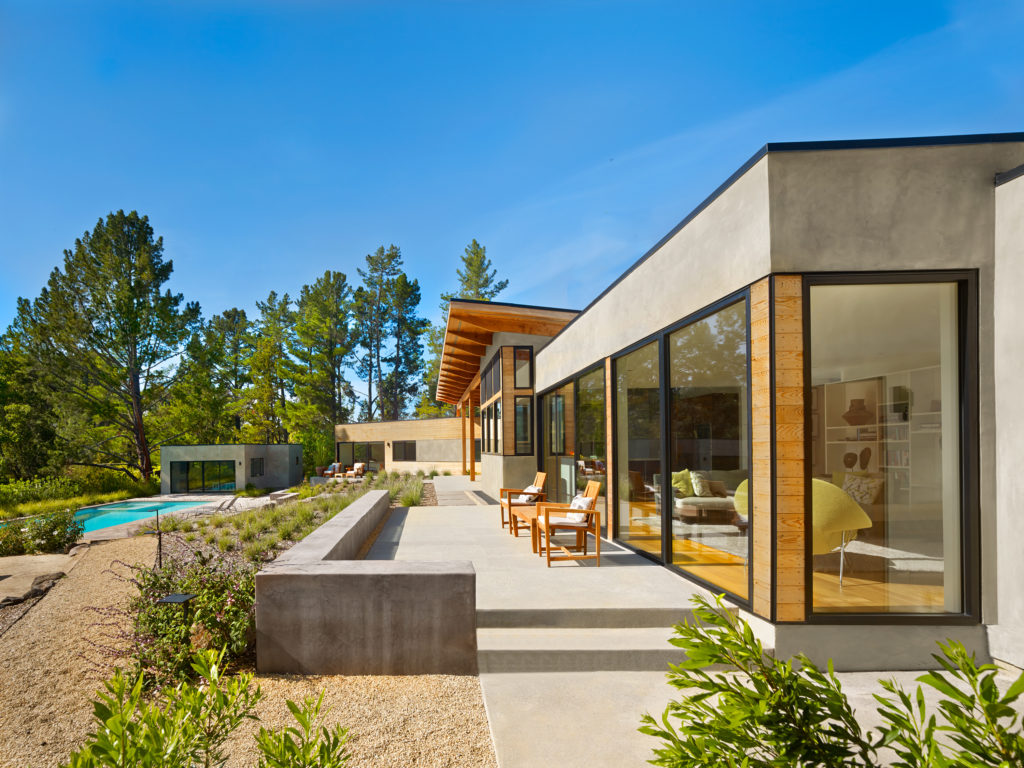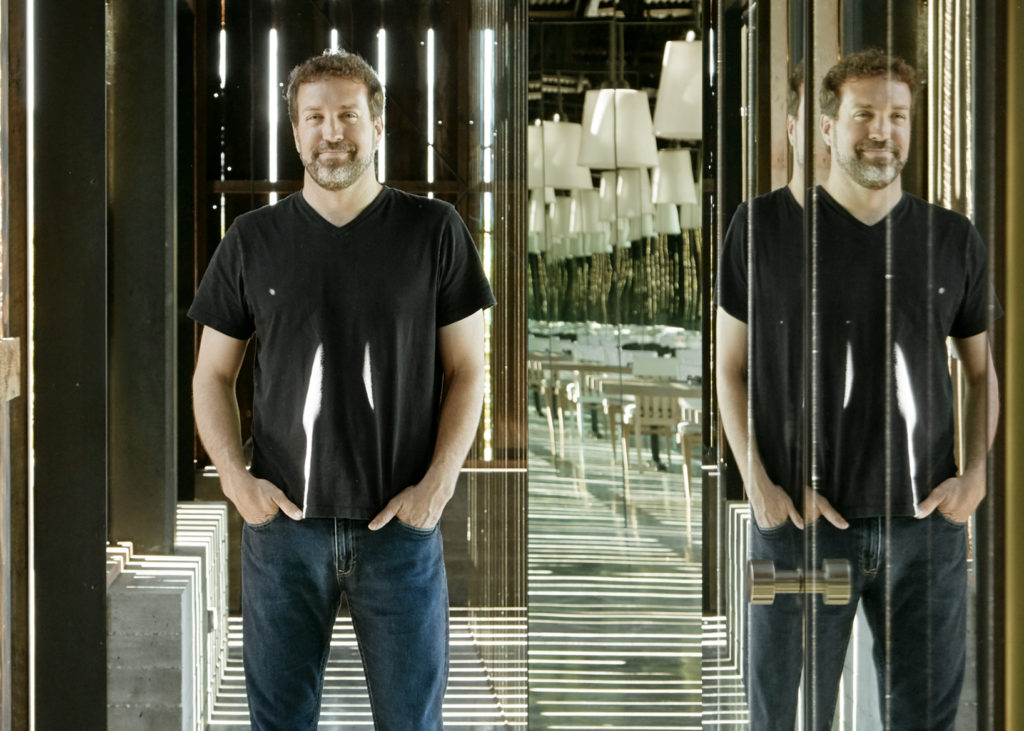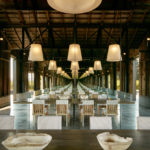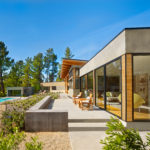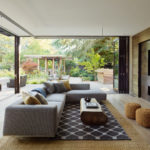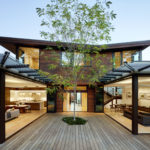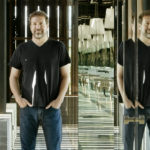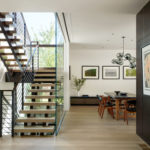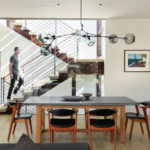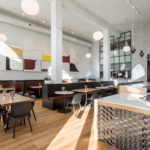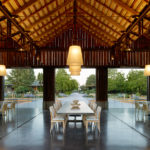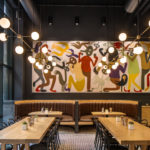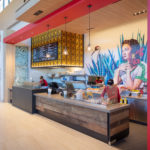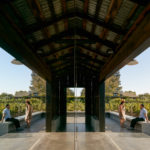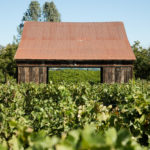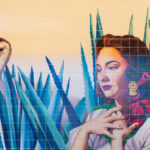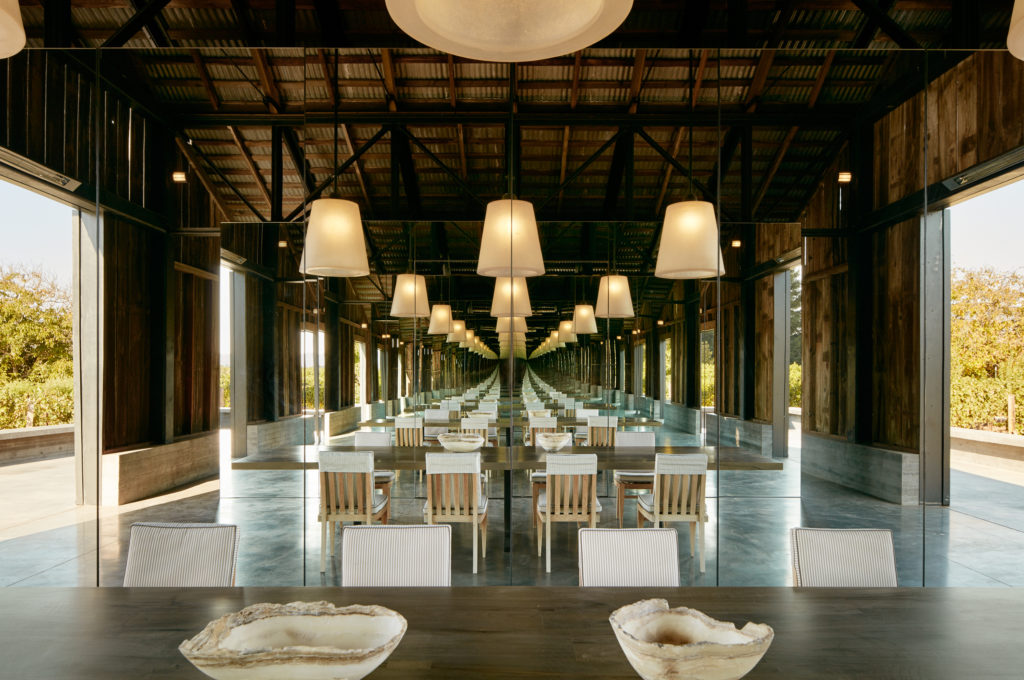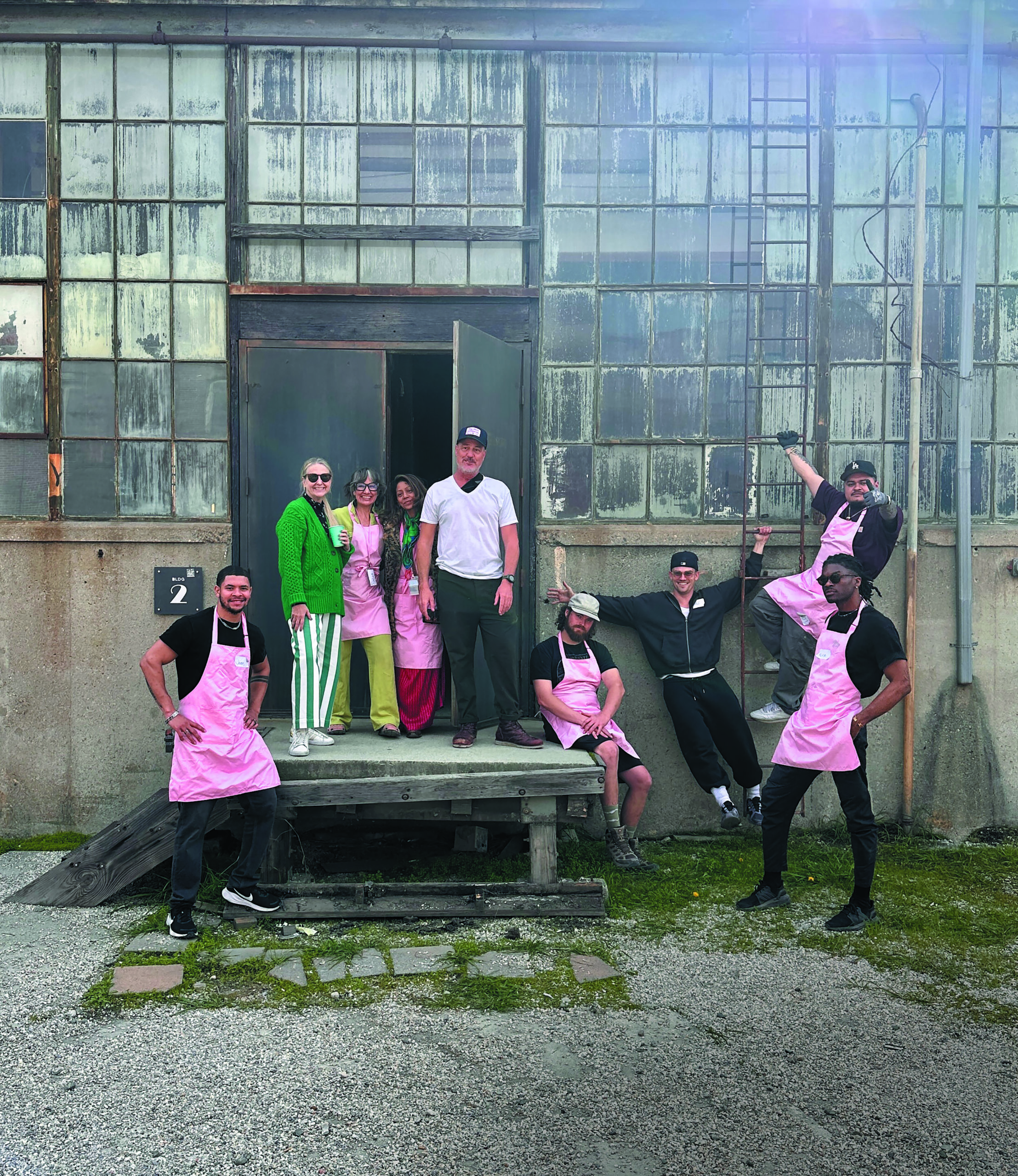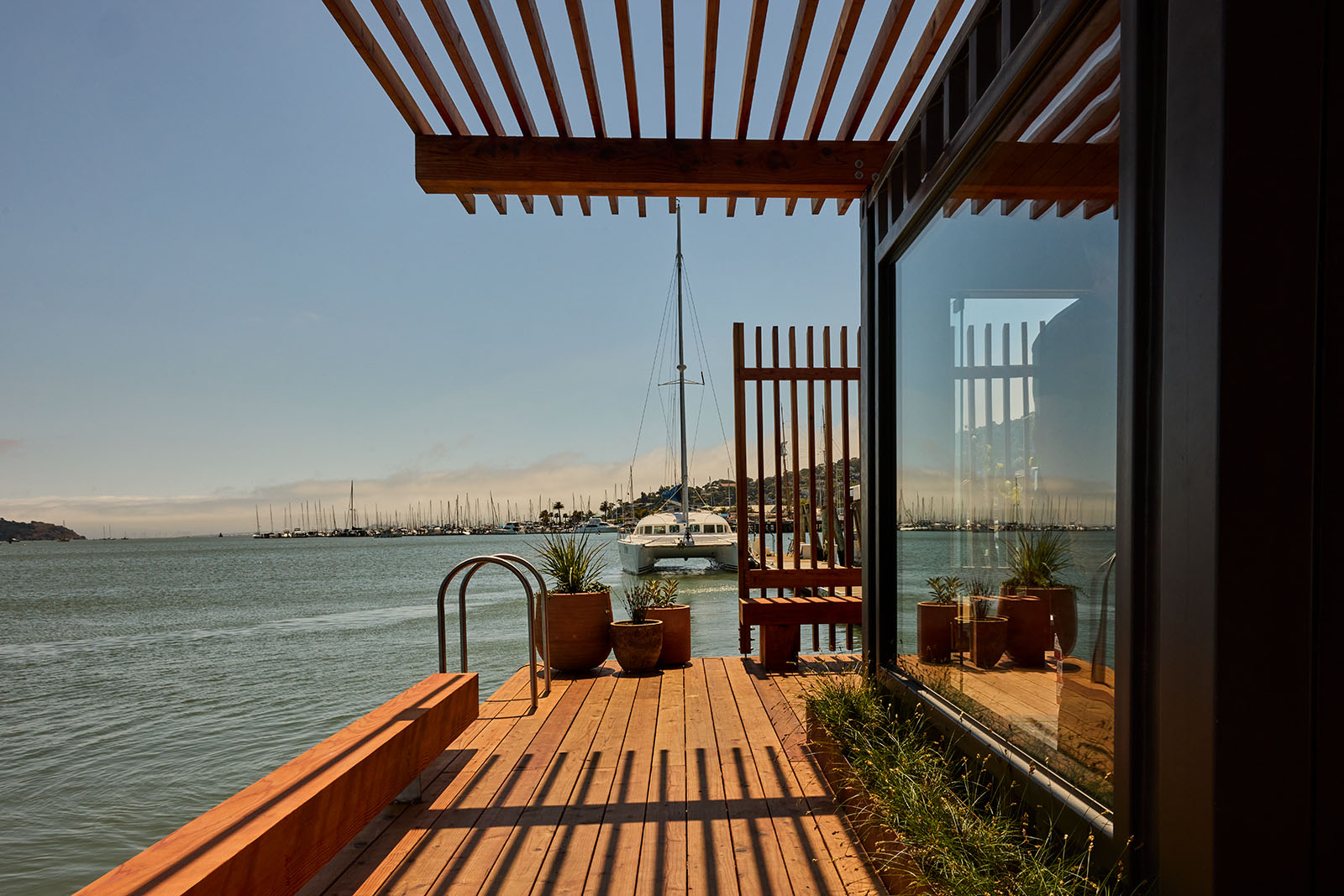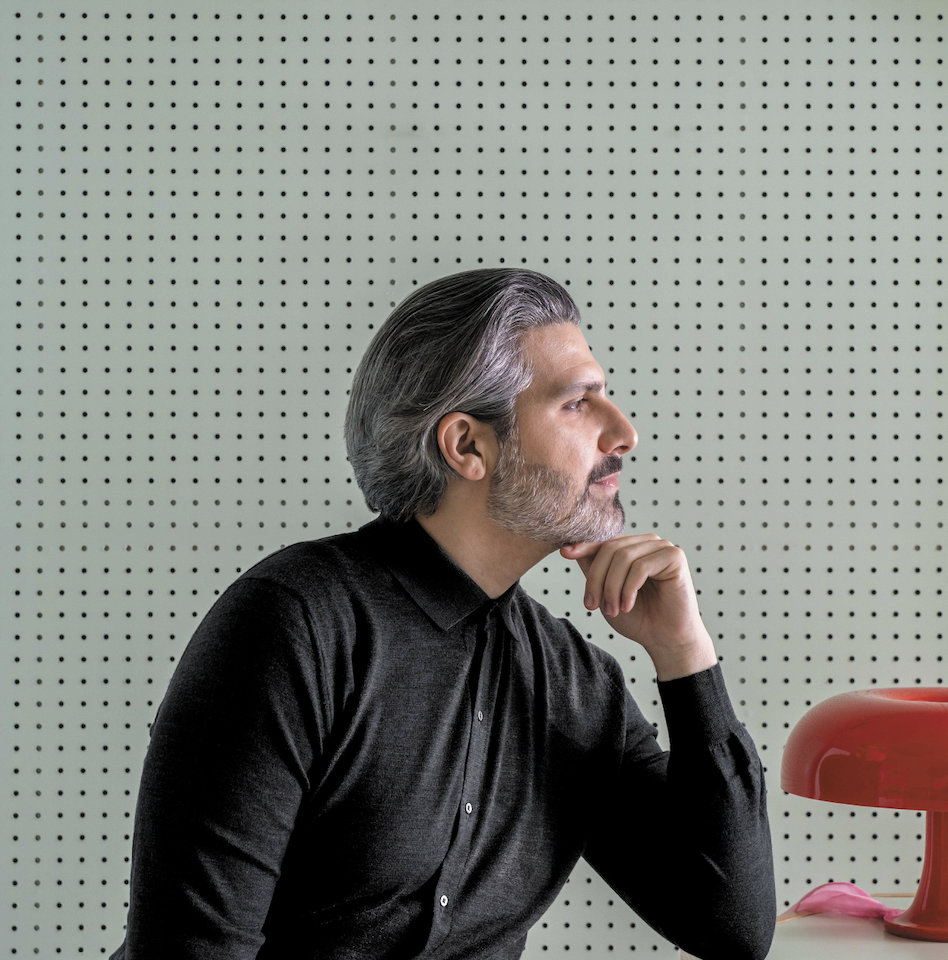Architect Crush: William Duff Architects
Author:Michelle KonstantinovskySince founding his eponymous firm, William Duff Architects (WDA) over 20 years ago, William Duff (aka Duffer) has made incorporating the works of local artists into his projects a design consideration. WDA’s recent projects include Big Ranch Road, an AIA SF award-wining transformation of a 100-year-old barn, commissioned by Dallas art collectors Howard and Cindy Rachofsky. WDA also commissioned local artists to create pieces at food truck sensation Tacos El Grullense’s first retail home. Learn more in our Q+A below.
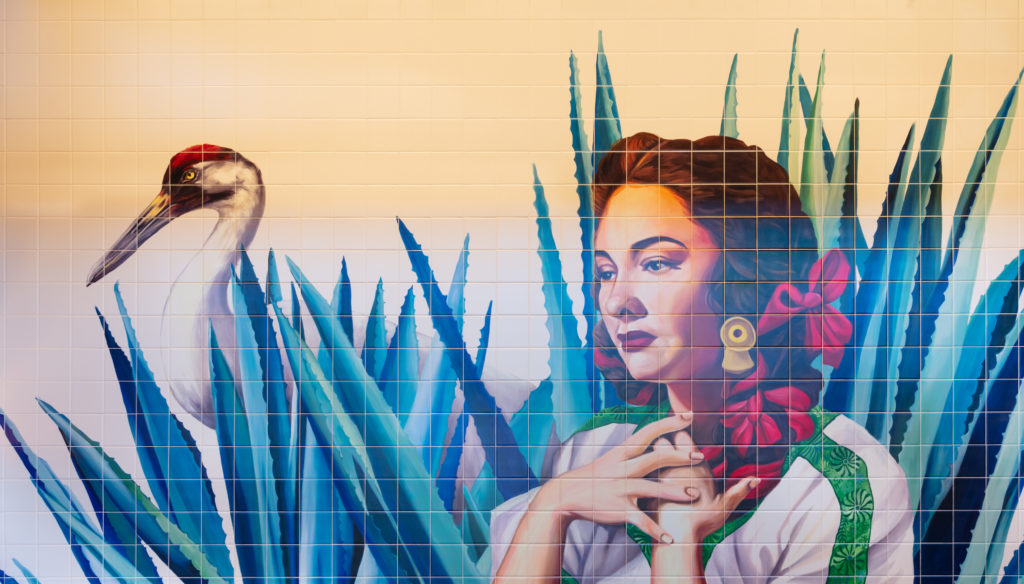
How did you get your start in architecture?
From about the time I was in 6th grade, I wanted to be an architect because I saw architecture as a way for me to channel my diverse educational interests into a single profession. I went about pursuing my goal the old-school way: I got my architecture degree from Cornell University, worked at a firm in Santa Monica on rebuilding following the Northridge earthquake, then worked at Kanner Architects on modernist buildings throughout Malibu and Western Los Angeles. From there, I set up shop in San Francisco, where the practice I founded, WDA, has been for more than 20 years.
Why is it important to you to incorporate the works of local artists into your projects and what are some ways you do that?
Artists reflect the world around us and help us to see it through a different lens. I try to incorporate art from local artists into my work to give it a greater sense of place and to enhance the design. It can be a sculpture that anchors an axis, a piece that establishes a foreground to the building beyond, or a painting or graphic that highlights an architectural element within the overall design.
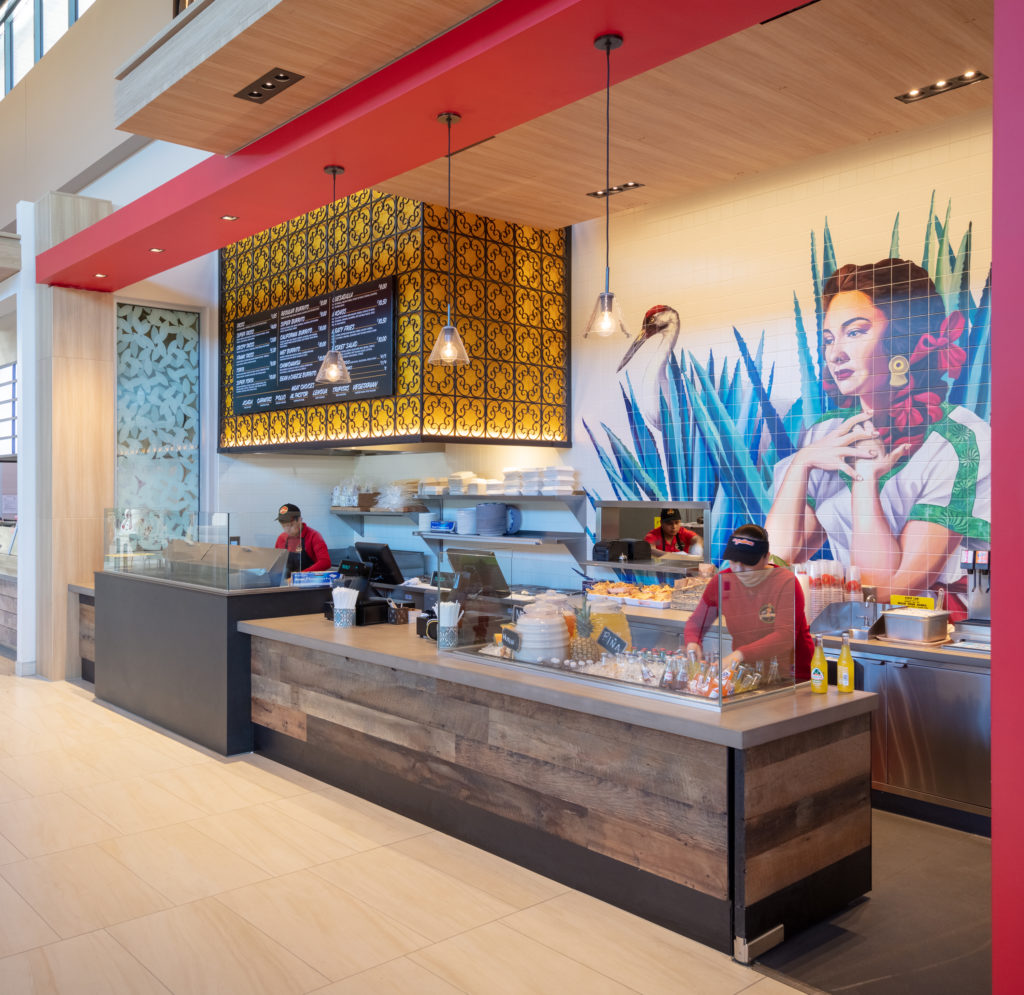
Tell us about your award-winning transformation of a 100-year-old barn that was commissioned by Dallas art collectors Howard and Cindy Rachofsky.
This was a special project because I was commissioned to create a piece of art as much as a piece of architecture. During our first meeting we walked through the existing barn and I was struck by how the mid-day light filtered through the gaps in the siding. Light, and its subtly kinetic interplay with the structure throughout the day, became the creative inspiration around which I developed the design. The piece that was ultimately realized, a pair of elegantly proportioned and purely reflective cubes placed within a refined version of the barn shell, blurs the lines between art and architecture and creates an immersive experience that can be enjoyed at any time of the day or night.
What are some ways you blend contemporary and modern arts?
Contemporary and modern arts aren’t necessarily distinguishable from one another. Historical modernism is the foundation upon which much of contemporary art is created so one inherently references the other. My work is founded in modern architecture so I suppose I’m referencing the connection when I incorporate contemporary art into my designs.
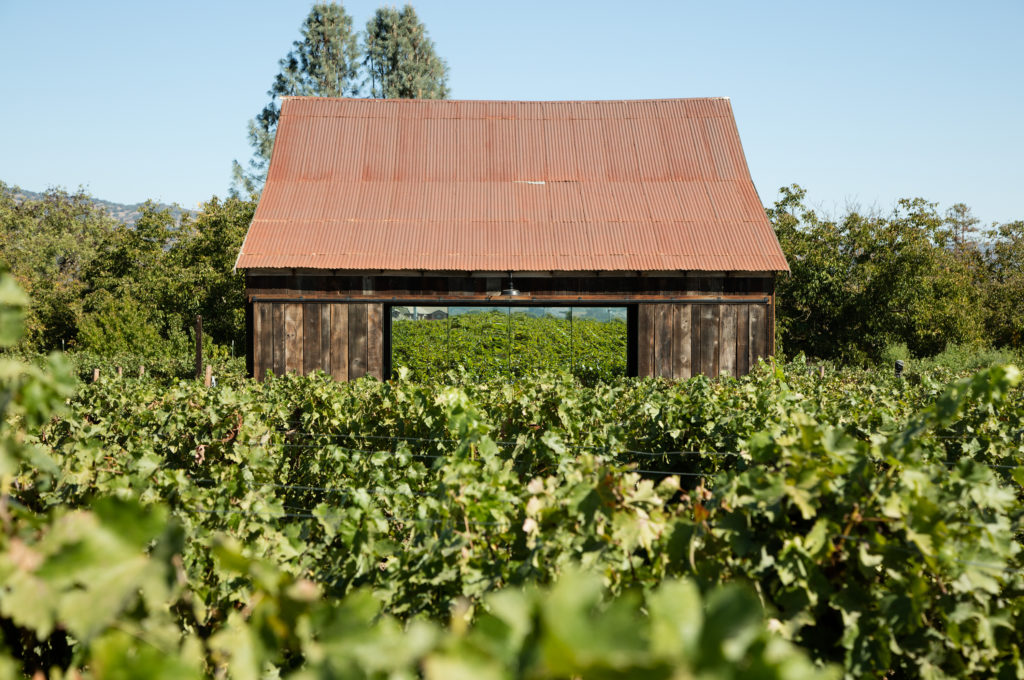
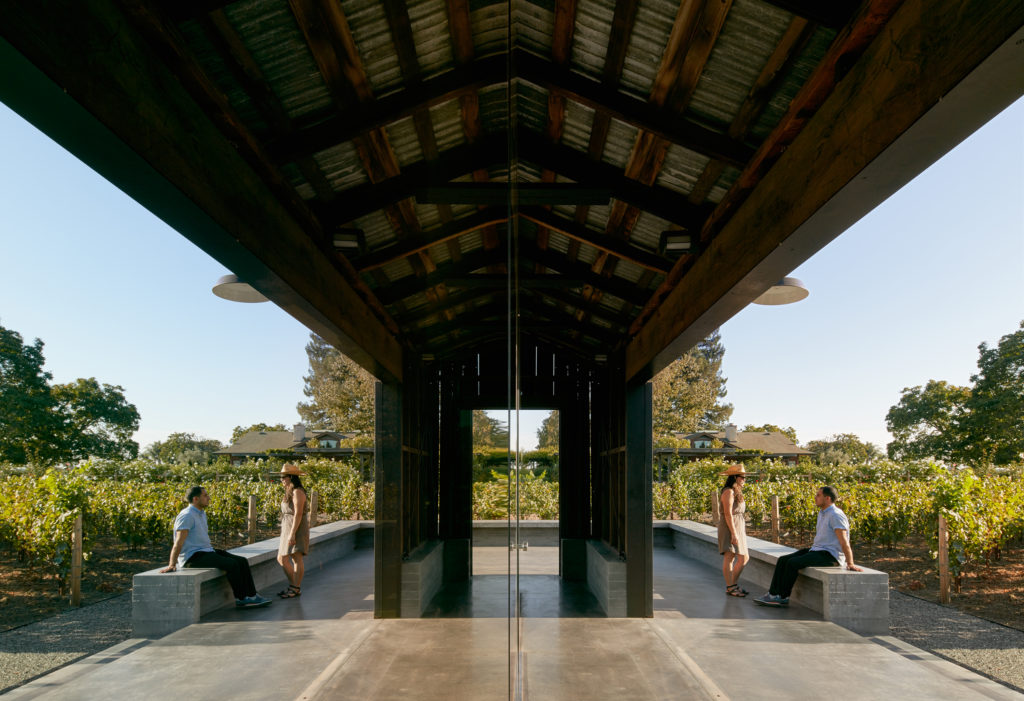
How do you define “California style” when it comes to design and architecture?
That’s a tough question. I think it can range from “anything goes” to historical contextualism to a design approach that is hallmarked by open flowing spaces, a connection to the outdoors, and warm natural materials. Maybe it’s best described as “always striving to be new while respecting where it came from.”
Who are some of your biggest professional influences and why?
Le Corbusier because he was a master of modernism, a central influence during my education, and was an accomplished artist in addition to being the leading architect of his time. Antonio Gaudi because he refused to see the world in conventional terms and created architecture that was wildly creative and different from the norm. And Renzo Piano because he never solves an architectural problem the same way and all of his designs are products of their local context.
What’s your dream vacation destination and why?
Kauai. Everything slows down, my mind detaches, and my creativity flows.
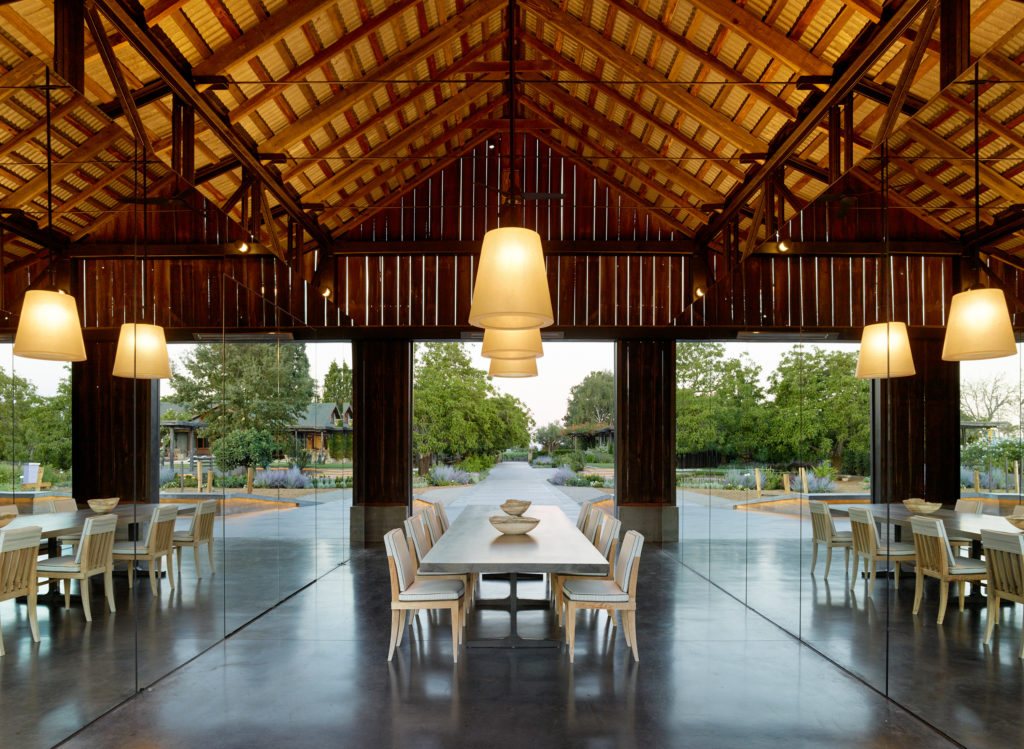
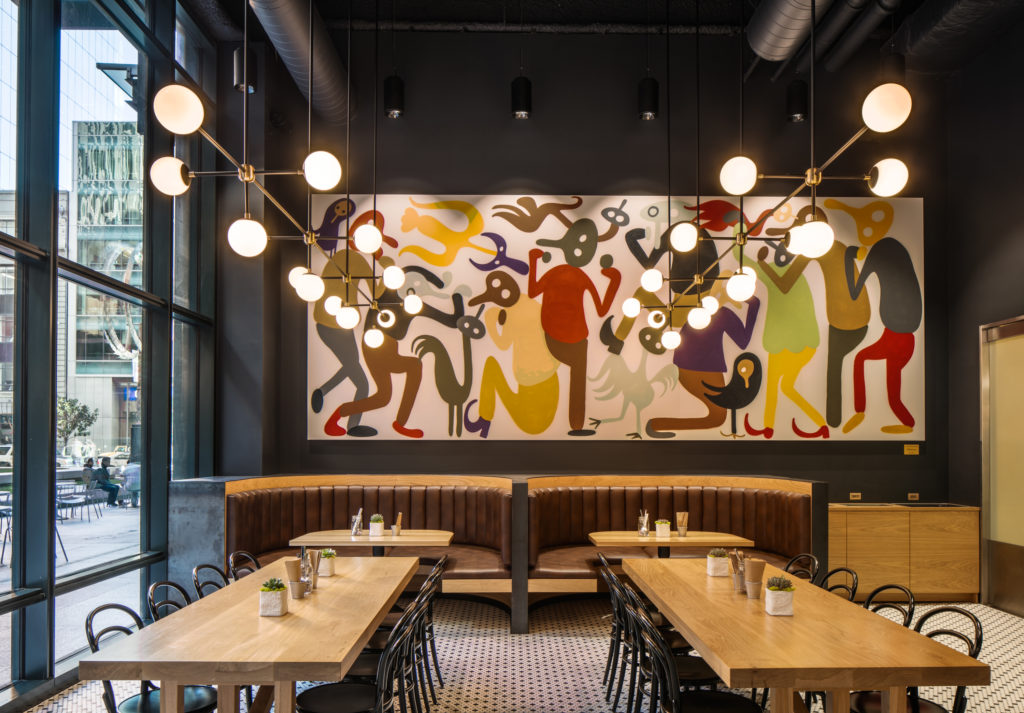
Lightning round!
Favorite pizza topping?
Artichoke.
First album you ever bought?
“Feels So Good” by Chuck Mangione (it was a 45, that’s dating me).
Most quotable movie or TV show?
Raising Arizona.
